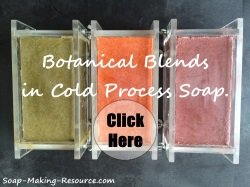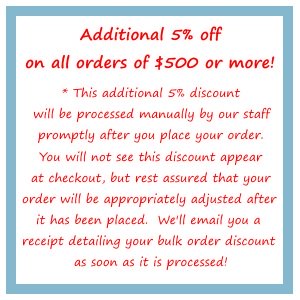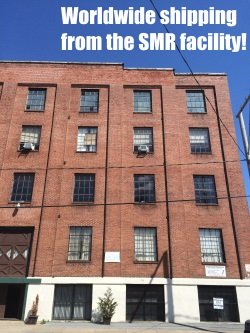How is Soap Made? One Word: Saponification.
"How is soap made?" and "What is saponification" is usually the very first questions that new soap makers ask. After all, these are logical first question when your goal is to create soap at home.
It's funny. We've been using soap since birth, yet most of us never even thought about this before now. Have you ever actually wondered what soap is?
Little did I know that soap is actually a salt from a complex chemical reaction!
So, how is soap made and where do we get this important salt from? Since day one, I've always answered that question with one word: saponification.
What is saponification? OK... you asked for it!
Saponification Explained
Warning: You do not necessarily have to completely understand the chemistry of soap making in order to make soap at home. Don't be scared away from this enjoyable craft because of its relation to chemistry. You can be a great soap maker even if you can't quite grasp the exact process of saponification!
|
Sign Up Today!
*Your information is SAFE with us! |
In simple terms, saponification is the name for a chemical reaction between an acid and a base to form a salt. When you make soap using the cold process soap making method, you mix an oil or fat (which is your acid) with Lye (which is your base) to form soap (which is a salt).
How exactly does this happen? In order to understand it, you must consider the chemical makeup of the acid and base being used in the reaction.
The base must always be composed of one hydroxide ion. For the most part, people use lye (one sodium ion and one hydroxide ion) as their base. You will notice that the sodium ion does not take part in the reaction at all. For this reason, other bases like potassium hydroxide can be used as well because it too is made up of one hydroxide ion. Potassium hydroxide is more prominently used for liquid soap making.
There are many different types of acids that will react with your base and saponify. Your acid could be olive oil, coconut oil or tallow just to name a few. Each acid has a unique combination of triglycerides (compounds made of three fatty acids, attached to a single molecule of glycerol) which combines with the base (lye) differently. The amount of base needed to react with the acid will vary depending on the chemical makeup of the acid. Click here to learn more about fatty acids and soap making. I also created a helpful saponification table that you can feel free to use.
As you combine, and stir the carefully measured acid and base together, they start to react. The triglycerides within the acid release the single glycerol molecule (which turns into skin nourishing glycerin) allowing the fatty acids to combine with the hydroxide ions within the base, forming soap.
As you can see, two reactions occur. The first reaction is glycerol turning into beneficial glycerin, and the second reaction is the acid and the base combining to form a salt which is your soap.
Simple, right? Ok, maybe not so simple. But don't worry about it! Continue on learning how to make soap, and come back to this page every now and then to re-read the chemistry of soap making. If it hasn't already, the chemical process will eventually click. I promise!
Now that I answered that initial question of "how is soap made" you are ready to continue on in your soap making journey.
Return from how is soap made? One word: Saponification to how to make soap
Return from how is soap made? One word: saponification to the soap making resource home page











